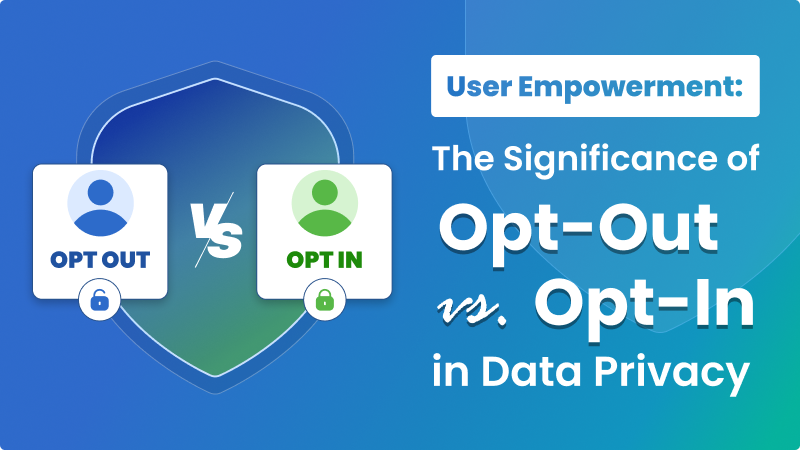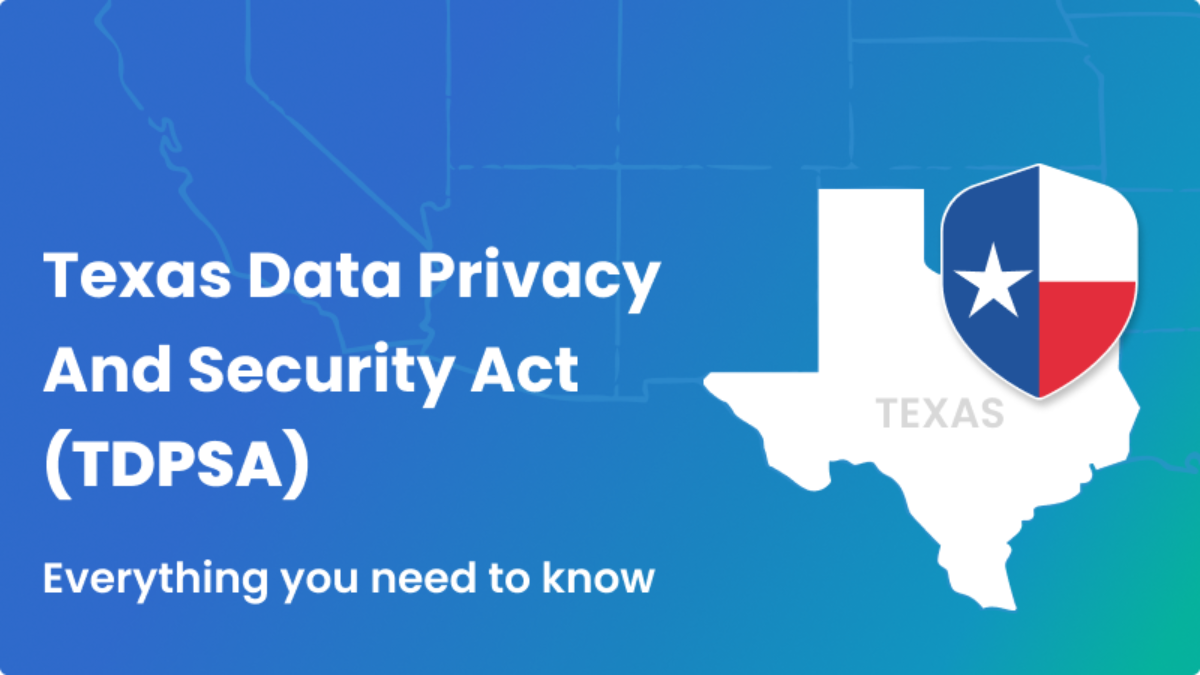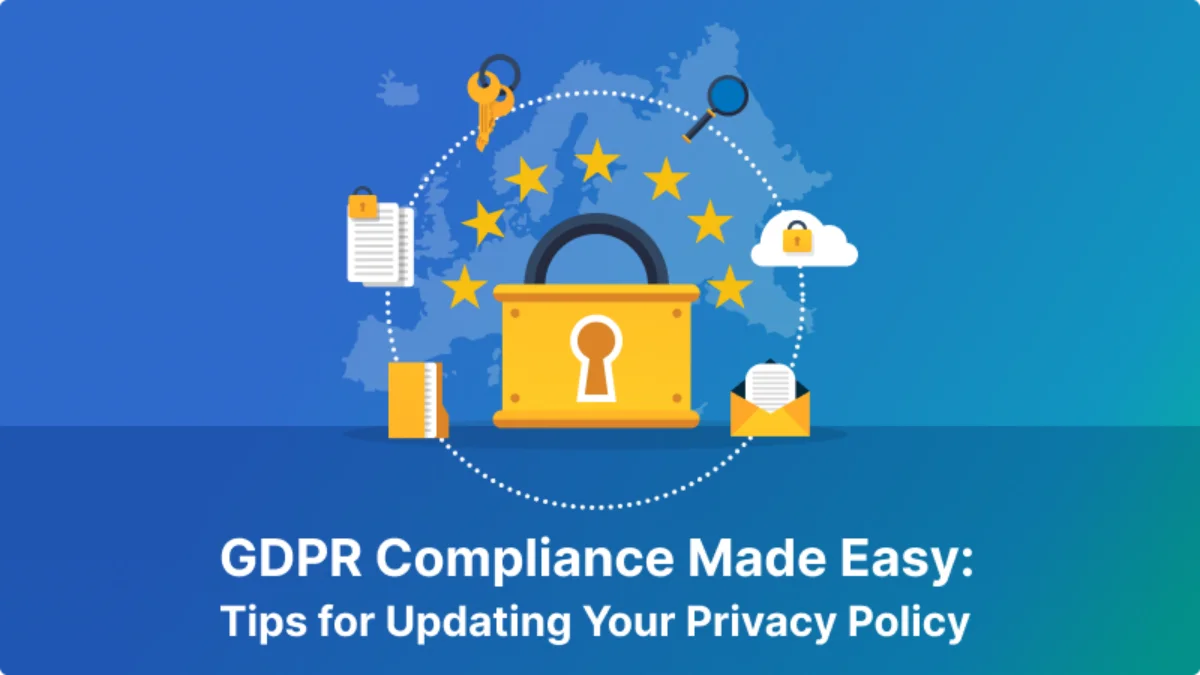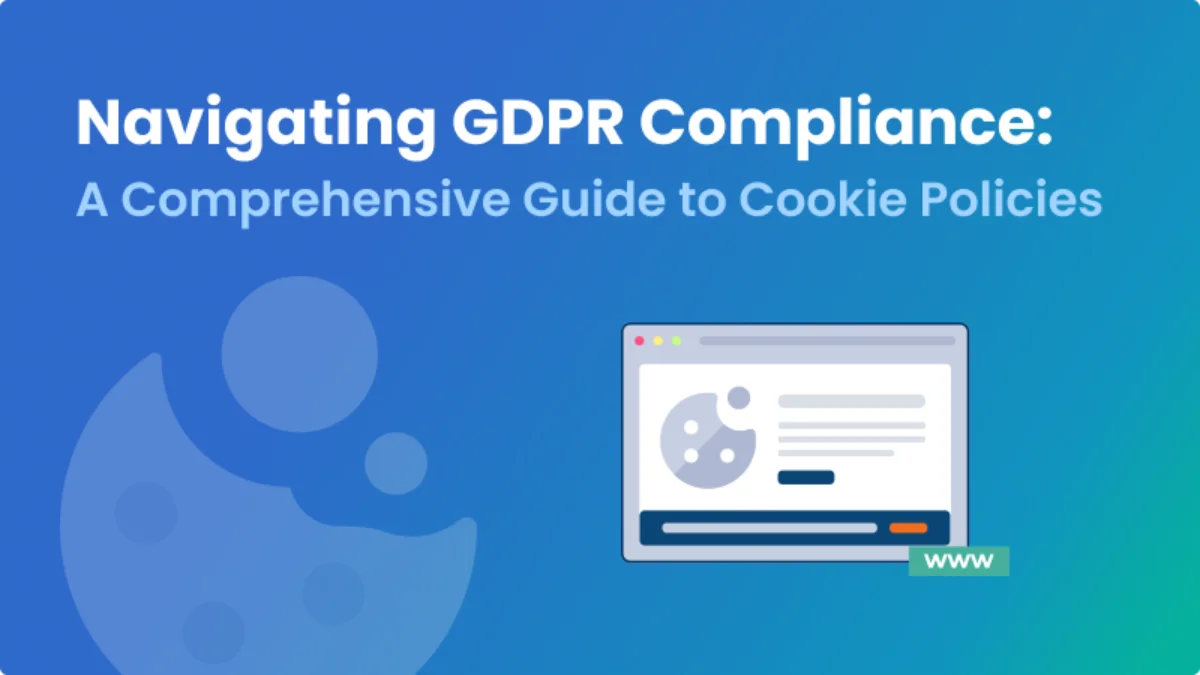User Empowerment: The Significance of Opt-Out vs. Opt-In in Data Privacy

In the digital age, the landscape of data privacy has become increasingly complex and critical. With the exponential growth of data collection, individuals are often left wondering how their personal information is being used and who has access to it. Central to this conversation are the concepts of opt-out and opt-in mechanisms, which play a vital role in data privacy and user empowerment. Understanding these mechanisms is essential for anyone looking to navigate the digital world more safely and confidently.
Understanding Opt-In and Opt-Out
Opt-in is a proactive approach where users explicitly give their consent before their data is collected or used. This mechanism requires users to take an affirmative action, such as checking a box or signing up for a service, to agree to data collection practices.
Opt-out, on the other hand, assumes consent by default, and users must take specific actions to withdraw their consent. This might involve unchecking a box, changing settings, or contacting the organization to request that their data not be used.
The Power of Opt-In: Prioritizing User Consent
Opt-in mechanisms are often seen as more user-friendly and privacy-conscious because they prioritize user consent. Here are some key reasons why opt-in is significant:
- Informed Consent: Opt-in requires users to make an active choice, which typically involves being informed about what they are consenting to. This ensures that users are aware of how their data will be used and can make a conscious decision.
- Higher Trust Levels: When users are given control over their data from the outset, it builds trust between them and the organization collecting the data. Users are more likely to feel respected and valued, leading to stronger relationships and brand loyalty.
- Reduced Data Collection: With opt-in, only those users who are genuinely interested in sharing their data will do so. This can lead to less data being collected, which can reduce the risk of data breaches and improve the overall quality of the data gathered.
The Convenience of Opt-Out: Balancing User Experience and Privacy
While opt-in is often lauded for its user-centric approach, opt-out mechanisms are also widely used, particularly in industries where user engagement is critical. Here are some reasons why opt-out might be preferred:
- Ease of Use: Opt-out systems can provide a smoother user experience by reducing the number of steps required to access a service or product. Users who are less concerned about their data privacy might appreciate the convenience of not having to go through additional consent processes.
- Higher Participation Rates: Since the default setting in an opt-out system is to include users, participation rates in data collection and usage can be higher. This can be beneficial for businesses and organizations that rely on large datasets for analytics and decision-making.
- User Autonomy: While opt-out assumes consent, it still provides users with the option to withdraw their participation. This can be seen as a way of balancing the need for data with user autonomy.
The Legal Landscape: GDPR and CCPA
The General Data Protection Regulation (GDPR) in the European Union and the California Consumer Privacy Act (CCPA) in the United States are two landmark legislations that have shaped data privacy practices globally. Both regulations emphasize the importance of user consent but approach it differently:
- GDPR: The GDPR mandates that businesses must obtain explicit opt-in consent from users before collecting their data. This has set a high standard for data privacy and has influenced global practices.
- CCPA: The CCPA allows for opt-out mechanisms but requires businesses to provide clear and conspicuous options for users to opt-out of the sale of their personal data. It also gives users the right to request the deletion of their data.
Why Opt-In and Opt-Out Matter for User Empowerment
Protecting Personal Privacy
Empowerment through data privacy mechanisms means users have the power to protect their personal information. Opt-in practices put the choice in the hands of the users, ensuring that they are not unknowingly compromising their privacy. Opt-out mechanisms, while more convenient for organizations, require users to be vigilant and proactive in protecting their privacy.
Enhancing Digital Literacy
Understanding the difference between opt-in and opt-out also enhances digital literacy. As users become more knowledgeable about these mechanisms, they can make more informed decisions about their data. This knowledge is a key component of digital empowerment, enabling users to navigate the online world with greater confidence and security.
Encouraging Ethical Data Practices
When users demand opt-in mechanisms, they encourage organizations to adopt more ethical data practices. This shift can lead to a broader change in industry standards, promoting greater respect for user privacy across the digital landscape.
Empowering Users: The Path Forward
Empowering users in the realm of data privacy involves more than just choosing between opt-in and opt-out. It requires a commitment to transparency, education, and continuous improvement. Here are some steps organizations can take to enhance user empowerment:
- Transparency: Clearly communicate data collection practices and how user data will be used. This includes providing easy-to-understand privacy policies and consent forms.
- Education: Educate users about their rights and the importance of data privacy. This can involve creating resources such as tutorials, FAQs, and webinars.
- User-Friendly Tools: Develop tools that make it easy for users to manage their data preferences. This can include dashboards where users can view, edit, or delete their data.
- Continuous Improvement: Regularly review and update privacy practices to ensure they align with the latest regulations and best practices.
Conclusion
The opt-in and opt-out mechanisms is a critical aspect of data privacy and user empowerment. While opt-in prioritizes informed consent and trust, opt-out offers convenience and higher participation rates. Both approaches have their merits, and the best choice often depends on the specific context and user base. Ultimately, empowering users involves more than just these mechanisms; it requires a holistic approach to data privacy that prioritizes transparency, education, and user control. By adopting these principles, organizations can build stronger, more trusting relationships with their users and ensure a safer digital environment for everyone.

















